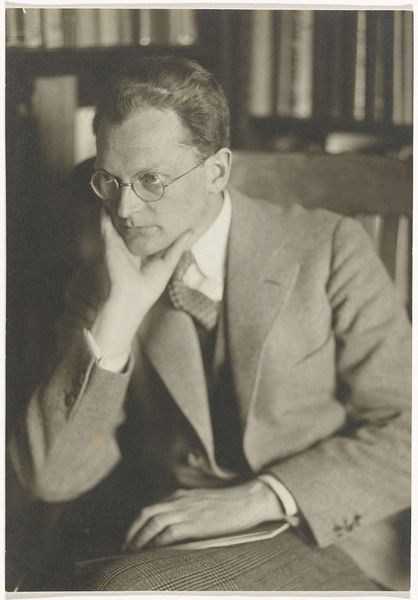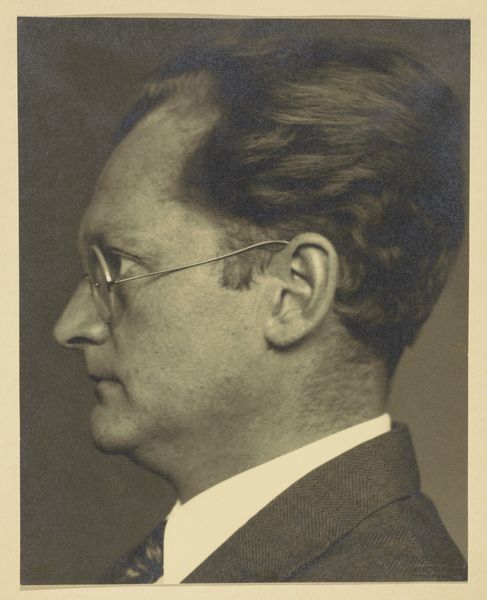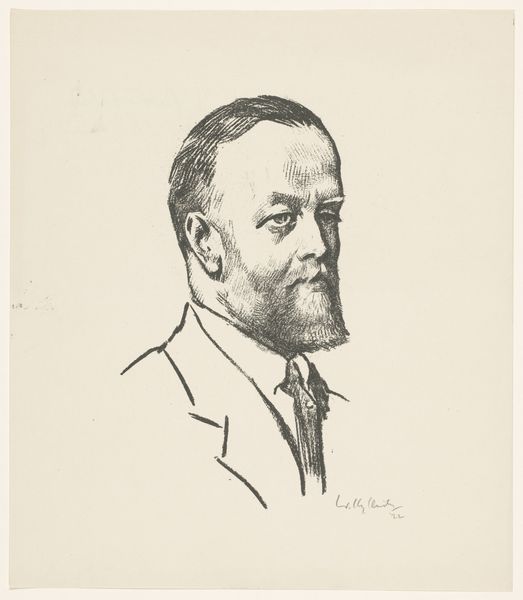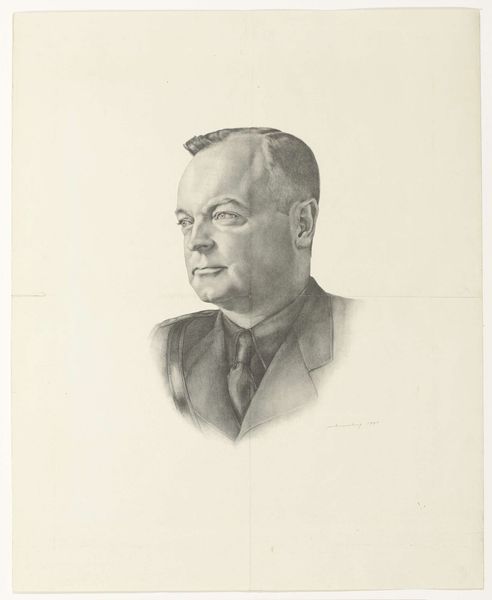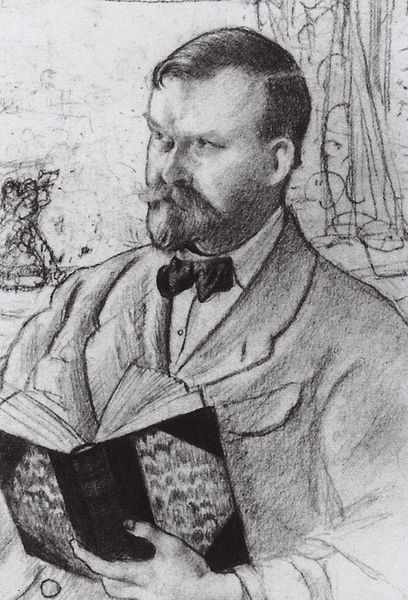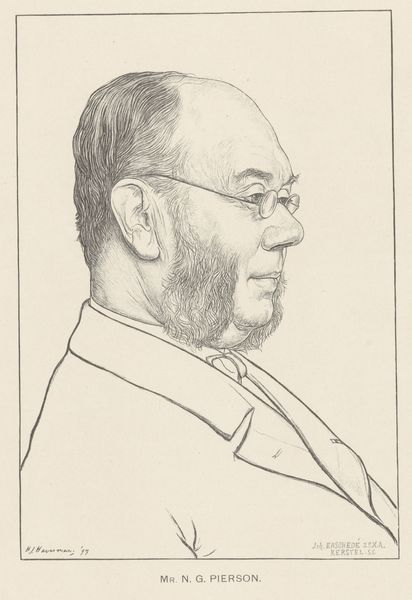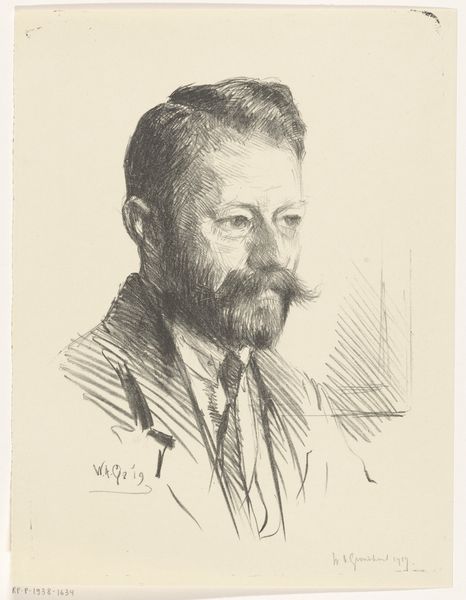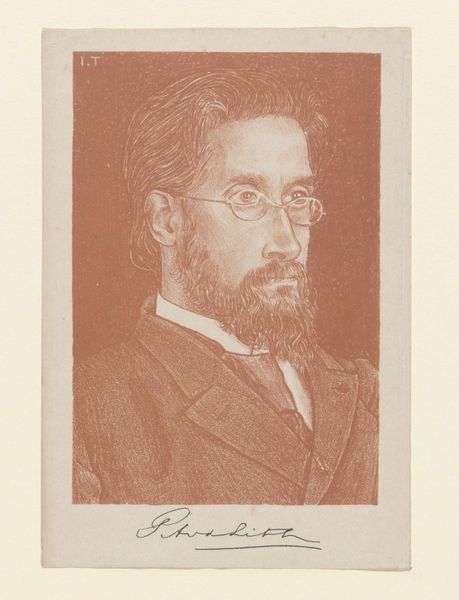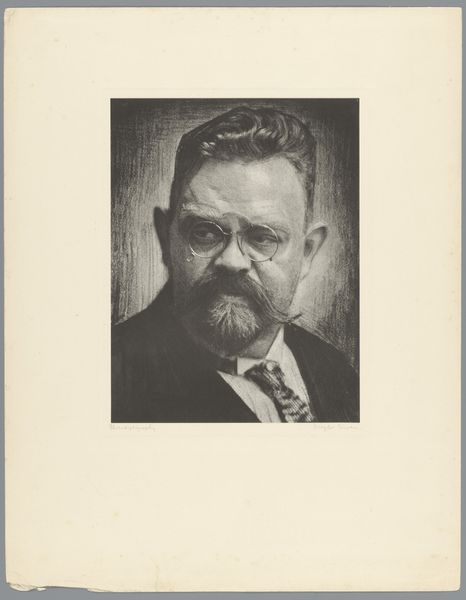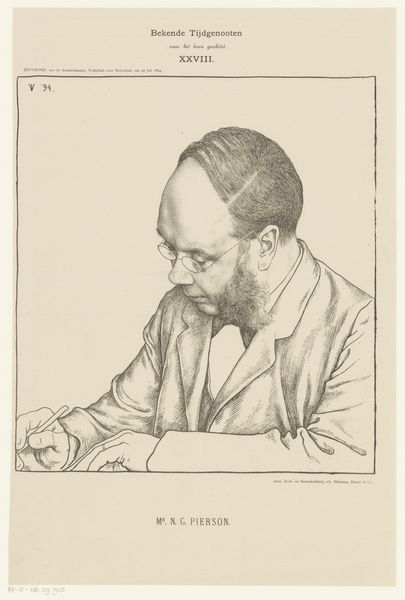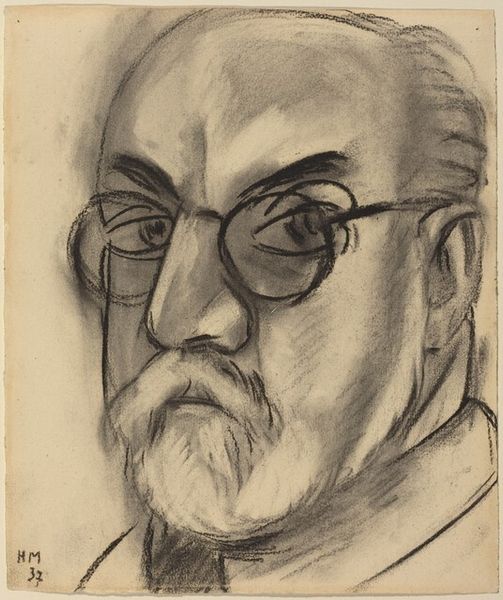
drawing, print, graphite
#
portrait
#
drawing
#
portrait
# print
#
graphite
Copyright: National Gallery of Art: CC0 1.0
Editor: Here we have Victor Hammer's "Dr. Viktor von Geramb" from around 1935, rendered in graphite. It’s a striking portrait. There's a somber, almost academic air about it. What do you see in this piece, and how would you interpret it? Curator: Well, looking at this portrait through a critical lens, the context is crucial. This was created in the 1930s, a period of rising nationalism and political tension across Europe. A portrait, seemingly straightforward, can actually be a site of power and representation. How do we read Geramb's identity within this historical moment, particularly through Hammer's artistic choices? Editor: That's interesting. I hadn't considered the broader historical context. Does the style of the portrait itself tell us anything about that? Curator: Absolutely. Consider the somewhat rigid posture and the serious expression. This isn’t about individual expression, is it? Portraits, especially of this kind, often functioned to legitimize the subject, to solidify their position and project a particular image aligned with the values of the time. What might the artist want us to think of Geramb? Editor: I see what you mean. It's less about capturing a personality and more about presenting a figure of authority and respectability. Curator: Precisely. And it prompts us to question: whose authority? Whose respectability? What are the unspoken values being upheld here, and whose voices might be marginalized in this representation? Looking at portraits means grappling with how identity, power, and representation intersect within specific cultural and political landscapes. Editor: This has really opened my eyes. I now see portraits in terms of how social forces shape them and vice versa. Thanks so much! Curator: It’s a two-way street. These kinds of portraits allow us to continue examining identity construction throughout history.
Comments
No comments
Be the first to comment and join the conversation on the ultimate creative platform.

